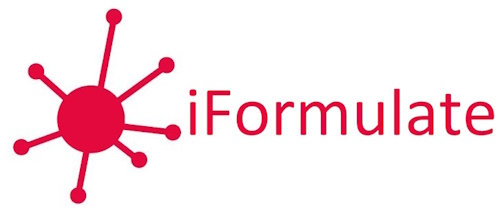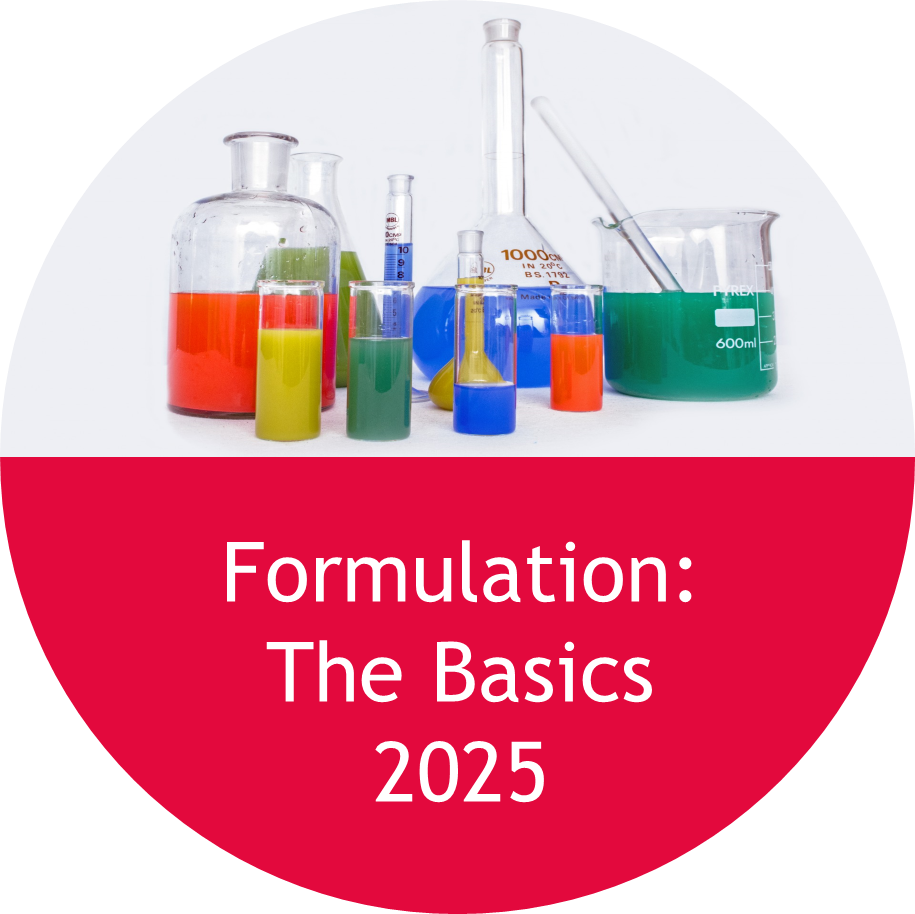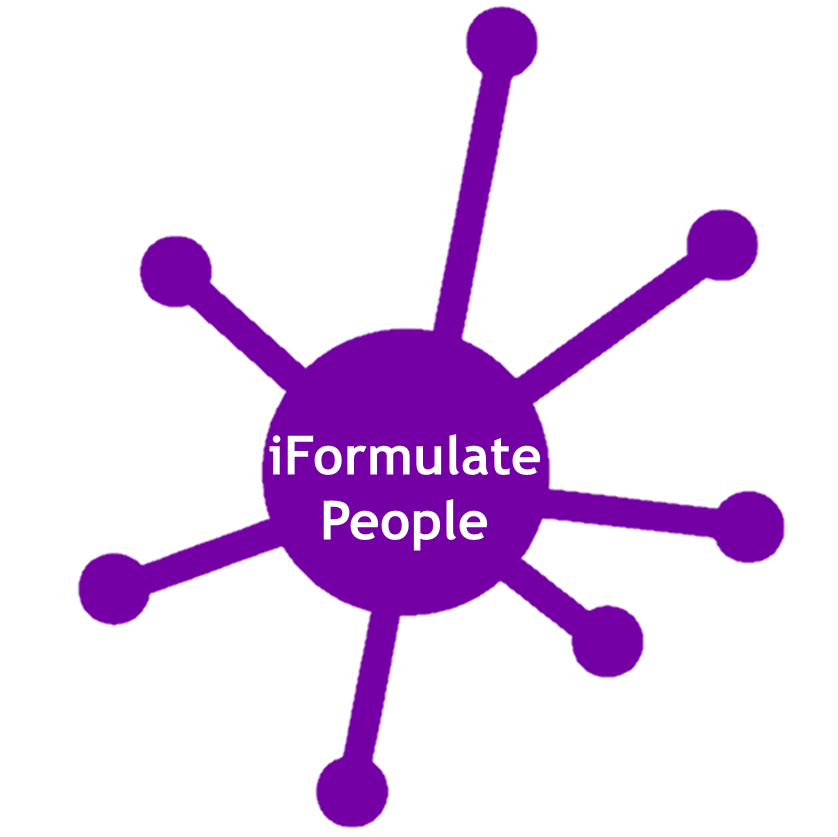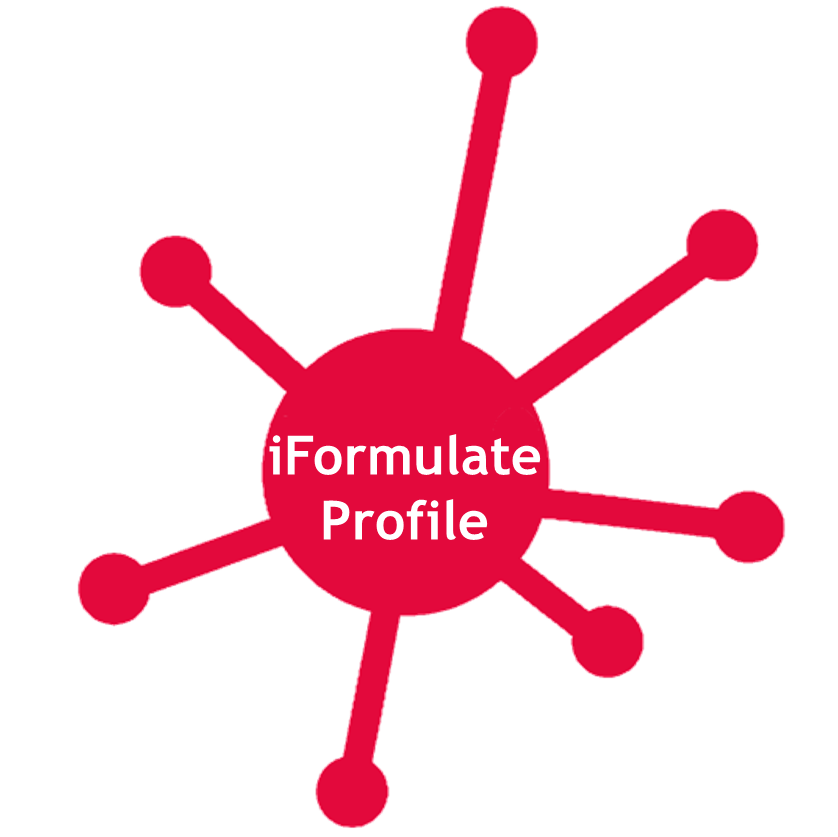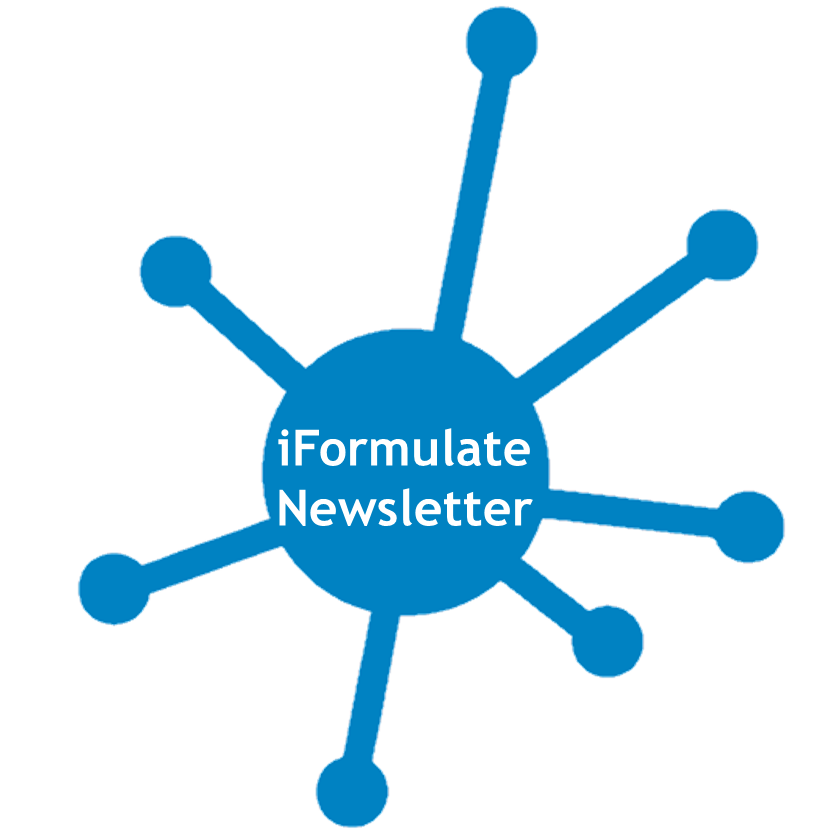Dr David Calvert – July 2019

The Formula Conferences first started in 1987 in France and the tenth in the series(Formula X) was organised by the Formulation Science and Technology Group (FSTG) of the Royal Society of Chemistry and has just taken place in Manchester.
We were delighted to be invited to organise a two hour workshop on “Design of Formulations” for 30 of the delegates on the second evening and were even more pleased that all of the registered delegates stayed until the end and by then appeared to have gained a good understanding of concepts such as Customer Promises, Critical Quality Attributes, Critical Process Parameters and the like.
In the main conference, I was struck by two elements, namely the continued drive to making formulation into a science and the never-ending search to find new formulation formats to solve delivery problems.
Let me start with the drive to making formulation more of a science and I have to confess that I am now becoming a little tired of hearing how formulation is (or was) an art and that efforts are now underway to turn it into a science. I welcome more science but have to say that the “grey-haired formulators”, of whom I am unashamedly one, were more than just “lucky artists” and that there was often some logic, and quite often science behind our efforts. Still, I am encouraged by efforts to bring more rigour to test methods for simple “dirty” tasks such as cleaning, deposit and release of functional additives on textiles and rain resistance of pesticides on leaves.
Venturing even more into formulation science, there were many talks about encapsulation techniques and materials and I heard for the first time that there are some limitations to what graphene can actually achieve! Furthermore, we heard about different types of emulsions such as water in water, double emulsions and Pickering Emulsions.
So I look forward to the next Formula Conference in three years time at an – as yet – unspecified venue and I would like to thank in particular Flor Siperstein, Helen Ryder and Simon Gibbon for their hard work in organising the conference. Simon further demonstrated how the oldies can embrace new technologies with his use of QR codes in the programme and on badges as well as with the conference photo (above) taken using a drone. Maybe at the next conference we will have a presentation from a hologram?
Comments and questions: david@iformulate.biz.

